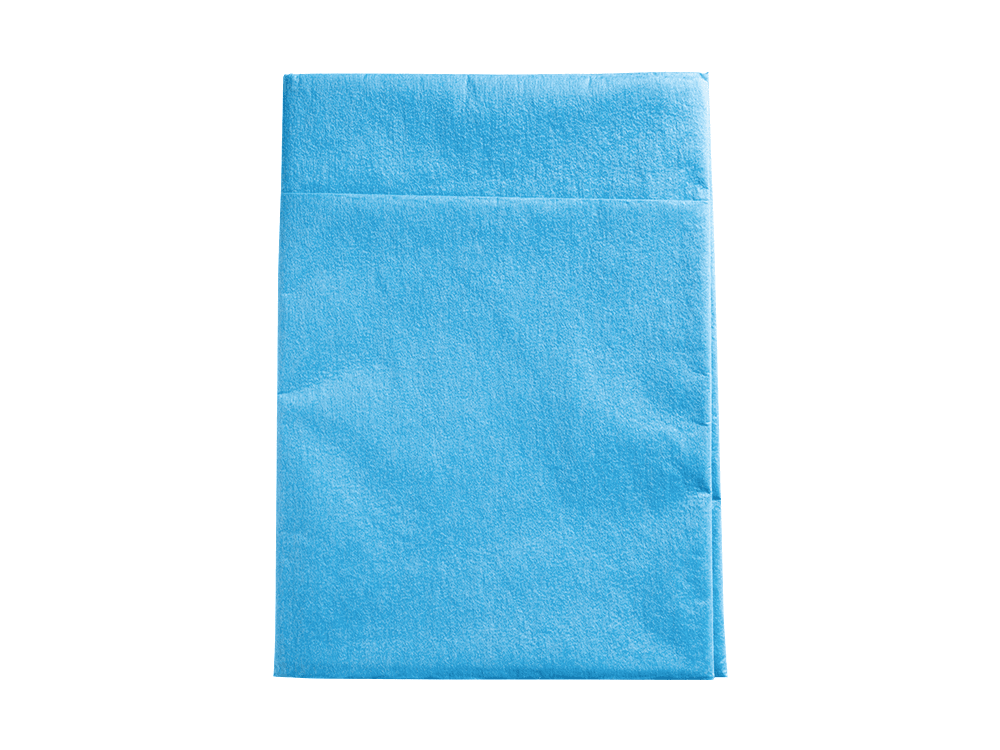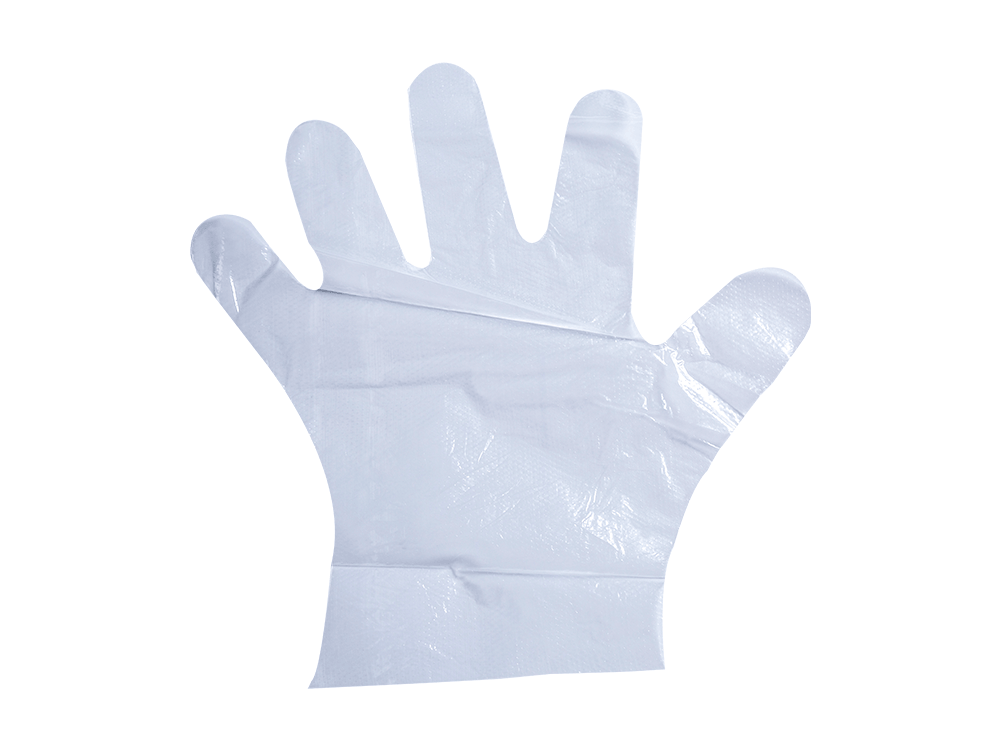Surgical drapes help to keep operating rooms clean. They are made from easily wiped clean materials that prevent contaminants from entering the patient's body during surgery.
They also prevent pathogen transmission between patients and clinicians during surgery. They can be disposable or reusable and come in a variety of sizes and designs.
Durability
A surgical drape must be durable enough to withstand repeated washings and sterilization cycles without losing its strength or protective properties. It must also be flexible and conform to the shape of a patient’s body or the operating room table. Additionally, it must provide a watertight seal to prevent liquids from reaching the wound or bloodstream.
Surgical drapes must be made from flame-resistant materials that can resist ignition in oxygen-rich environments such as the operation theater. They must also be thick enough to protect costly equipment from moisture and bacterial contamination.
The growing number of hospitalizations is raising the demand for surgical drapes. This is due to the rise in healthcare-associated infections (HAIs). One of the major causes of HAIs is surgical site infection (SSI). The use of disposable non-woven drapes can reduce SSI rates by 2.5 times compared to reusable woven drapes. Moreover, disposable non-woven drapes are also more durable than reusable surgical drapes, and they are easy to clean and disinfect.
Resistance to Infection
Infection is a dangerous and potentially fatal complication of orthopaedic surgery. It can be caused by many factors, including bacteria that are in the air. To prevent this, a surgeon must ensure asepsis in the operating room by creating a barrier between the patient and non-sterile surfaces. Drapes are an essential tool in achieving this goal.
The use of disposable drapes can help to reduce SSI rates, according to studies. However, the quality of drapes is critical in preventing contamination. The materials used for surgical drapes must be durable and resistant to infection. They must also be durable enough to withstand repeated laundering and sterilization.
One of the best options for a quality surgical drape is long-fiber polyester fabric, which is highly durable and can be used repeatedly. Compared to cotton fabric, it has a stronger antipenetration ability of microorganisms and forms an effective protective barrier. It is also hygroscopic, and can prevent surface instruments from sliding and patients from burning during surgery.
Ease of Use
To maintain the sterility of the operating field, it is important to prepare and drape the surgical field before surgery. This can reduce the number of bacteria that enter the surgical wound. This can prevent complications and disease transmission. It also helps surgeons perform their procedures safely.
To do this, the barrier materials of the drapes should be impervious and fluid repellent to minimize strikethrough contamination that could transfer pathogens from non-sterile areas to sterile fields. They should also be lint-free to avoid airborne pollution.
Surgical drapes also need to allow for adequate airflow to keep the operating room cool and prevent heat buildup. They should also be durable enough to withstand repeated washing, bleaching, and ironing. These features make disposable drapes an ideal choice for hospitals and clinics. Contact Winner Medical to learn more about their high-quality products. They offer a variety of different case quantities, so you can find the perfect surgical drape for your facility’s needs.
Cost
Surgical drapes are used to create a physical barrier that prevents contamination of the surgical field. They can be made of cloth or paper and can be reusable or disposable. They are also often referred to as an "ether screen". Surgical drapes are crucial for preventing pathogen transmission and infection during surgery.
Moisture management is one of the most important features of a surgical drape. This is because moisture can cause a number of complications, such as staining and discoloration. To avoid this, you should choose a sterile surgical drape that is highly moisture-resistant.
Drapes that are easily wiped clean will also reduce the risk of pathogen transmission. In addition, they should be able to block liquid flow around the incision site during surgery. Finally, they should be durable enough to withstand many cycles of resterilizing. This will help you save money in the long run and reduce the amount of clinical waste that your hospital produces.


 english
english 中文简体
中文简体

















